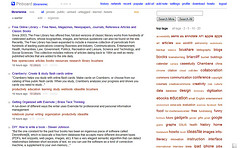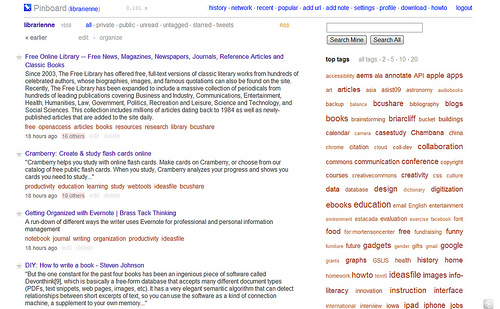In January of 2011, I wrote a story on the subject of Organizing Your Workflow with Instapaper and Pinboard. This was in response to the announcement of the impending closure of Xmarks(which later did not close), and the announcement that Delicious was shutting down. This had brought me to Pinboard.
Pinboard is currently available at a rate of just over $10 for a lifetime subscription, plus $25/yr for an Archival Account.
At the time, I used Instapaper, a Read It Later service, as a holding pen for stories, which I later archived in Pinboard. In April of 2011, I announced the move to Read It Later(now Pocket). There were many good reasons for this, however, the refresh from Read It Later to Pocket made service lean more toward the visual.
Which brings me to May of 2012, where I once again pondered the subject, right after I read Clay Johnson’s book, the Information Diet. At the time, I vowed to get my information overload under control.
Here we are, March of 2013, and…it is worse. I finally declared bankruptcy on Pocket(Formerly Read it Later). I exported everything I was most definitely NOT Reading Later, and sent it to Pinboard. There is some duplication there that has to be cleaned up, but now I have 25,000 bookmarks to go through and prune. The archive of which takes up 25GB.
I’ve come to the conclusion that this isn’t working, but I’m changing plans once again. I need a plan that allows me to reference old material I have in the archive, while keeping track of more relevant material. For now, I’ll be living in Pinboard, without benefit of a secondary service. But I am open to suggestions.
Will update you as this develops.
Related articles
 Content Overload(cherylbecker.wordpress.com)
Content Overload(cherylbecker.wordpress.com)
 storing something somewhere you can remember it(vielmetti.typepad.com)
storing something somewhere you can remember it(vielmetti.typepad.com)







